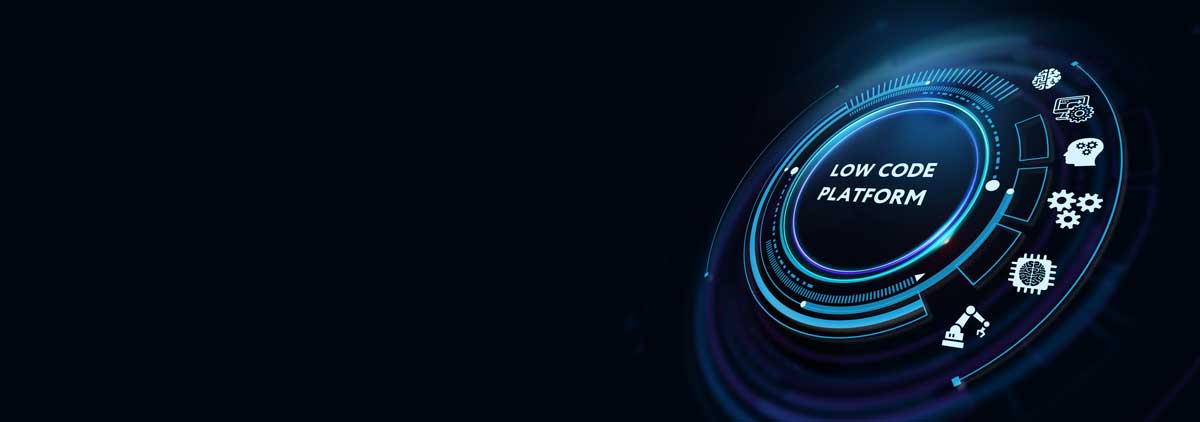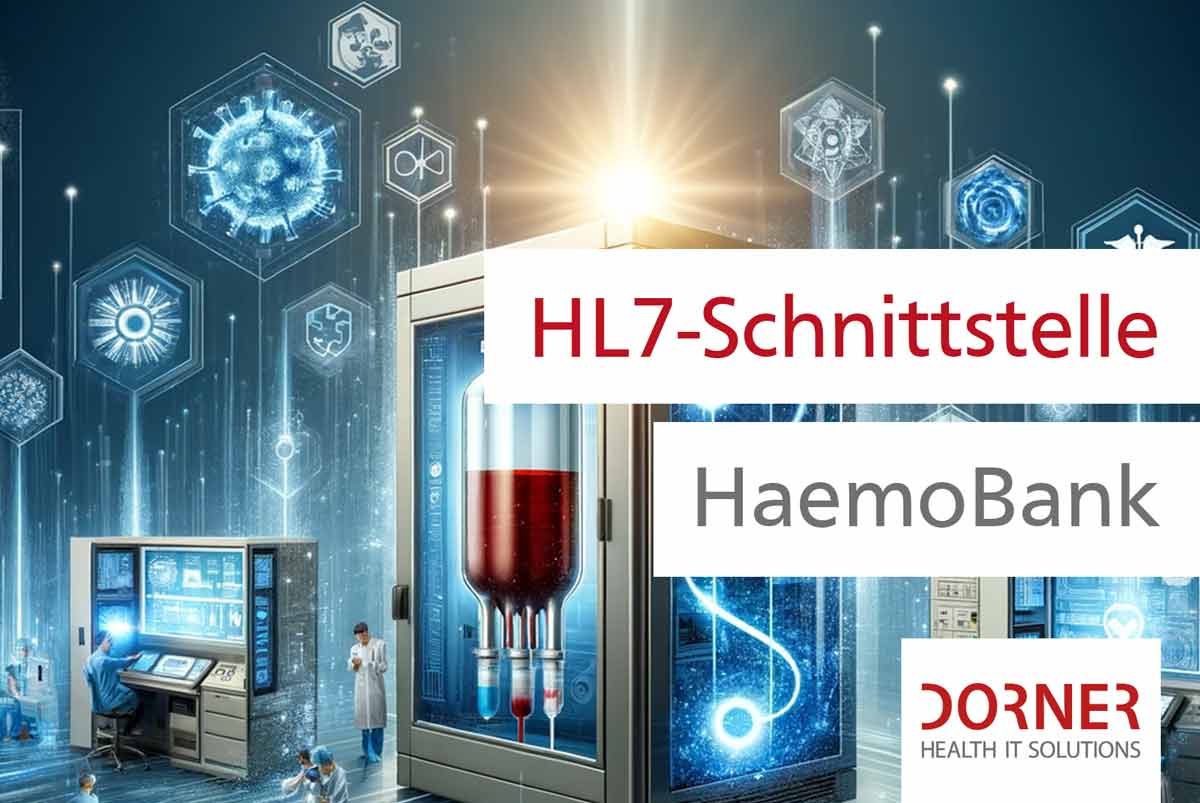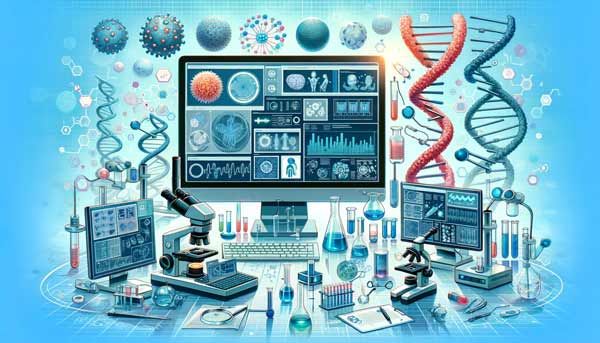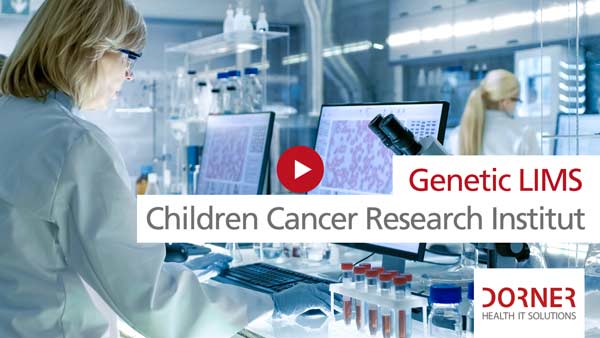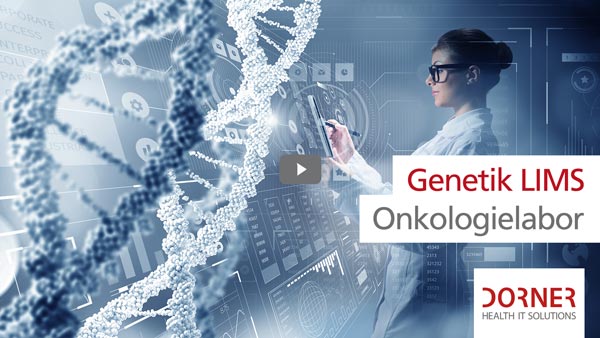The world of laboratory diagnostics and biomedical research is undergoing a revolution through the use of advanced technologies such as laboratory information and management systems (LIMS). A notable example of this development is the introduction of the DORNER Genetics LIMS at LabDia Labordiagnostik and the St. Anna Children's Cancer Research Institute in Vienna.
This blog post highlights how St. Anna Children's Cancer Research Institute (CCRI) and LabDia Laboratory Diagnostics have revolutionized their work processes by integrating an advanced LIMS.
Integration and efficiency with DORNER Genetics LIMS
The main goal of LabDia LaborDiagnostik is to create a comprehensive system that brings together the various specialist departments - including hematology, oncology, infectiology, human genetics and immunology. The DORNER Genetics LIMS enables them to efficiently manage sample tracking, shared reporting and access to results from other departments.
Challenges and solutions at the St. Anna Children's Cancer Research Institute
The St. Anna Children's Cancer Research Institute, known for its groundbreaking research in pediatric oncology, faces the challenge of coordinating different laboratory processes. The research spans various specialties, with each area placing specific demands on the LIMS. The diversity of methods such as NGS, Sanger sequencing, FACS, MLPA and FISH requires a LIMS that can handle high throughputs and different workflows.
Why DORNER Genetics LIMS? - An expert view
Dr. Marie Bernkopf of the St. Anna Children's Cancer Research Institute emphasizes the flexibility of the DORNER Genetics LIMS as a key factor in her choice. The ability to combine different departments with different requirements in one system is invaluable to the institute. Particularly noteworthy are the worklist and batch processing functions, which enable efficient and digital handling of samples.
Familiarization with the system and user recommendation
The team at the St. Anna Children's Cancer Research Institute was able to familiarize itself with the DORNER Genetics LIMS relatively quickly. The daily routines were mastered within a few weeks, while the familiarization with new functions continues. Dr. Bernkopf recommends the system to other laboratories due to its adaptability and the ability to customize functions - a key advantage in the complex field of genetics.
Conclusion and outlook
The implementation of the DORNER Genetics LIMS at LabDia LaborDiagnostik and the St. Anna Children's Cancer Research Institute is an exemplary model for the integration of modern technologies into complex research and diagnostic processes. This development points the way to the future of laboratory diagnostics and underlines the importance of flexible, adaptable systems in science. It is proof of how innovative solutions can increase efficiency and contribute to improving the quality of research.
